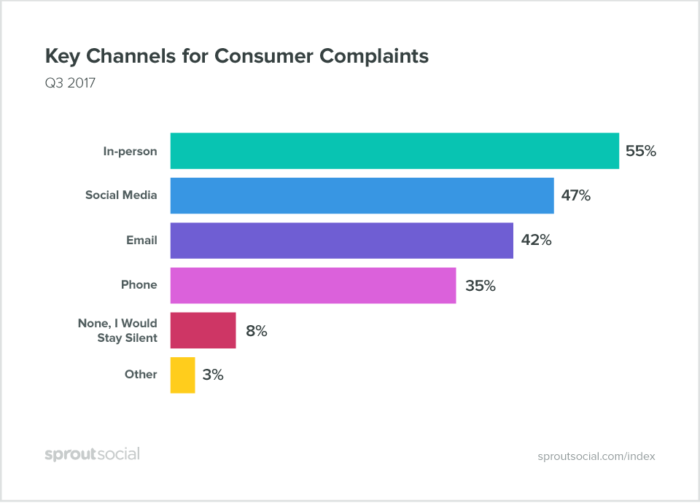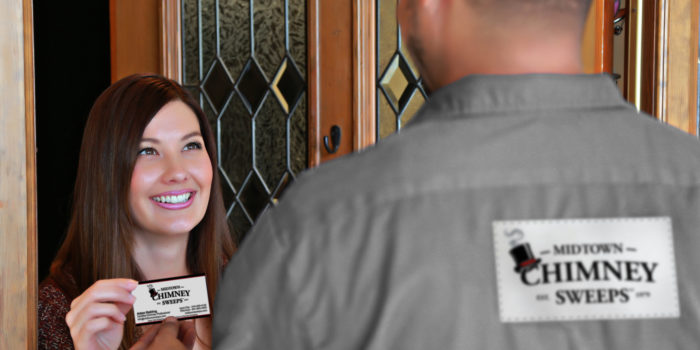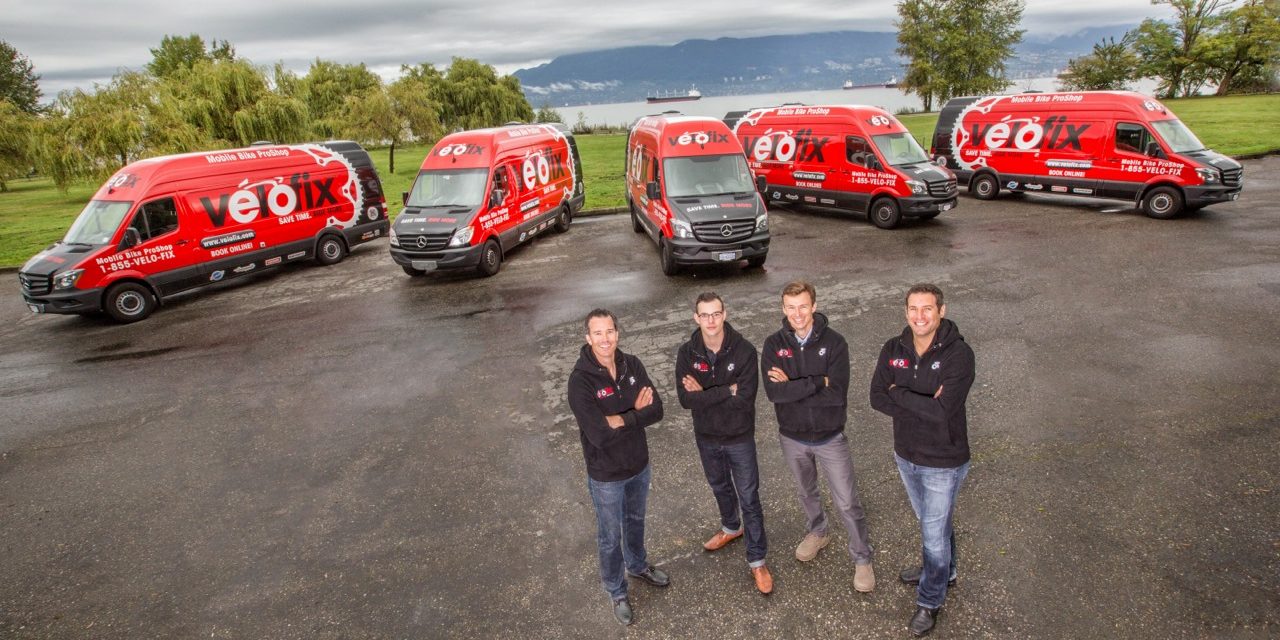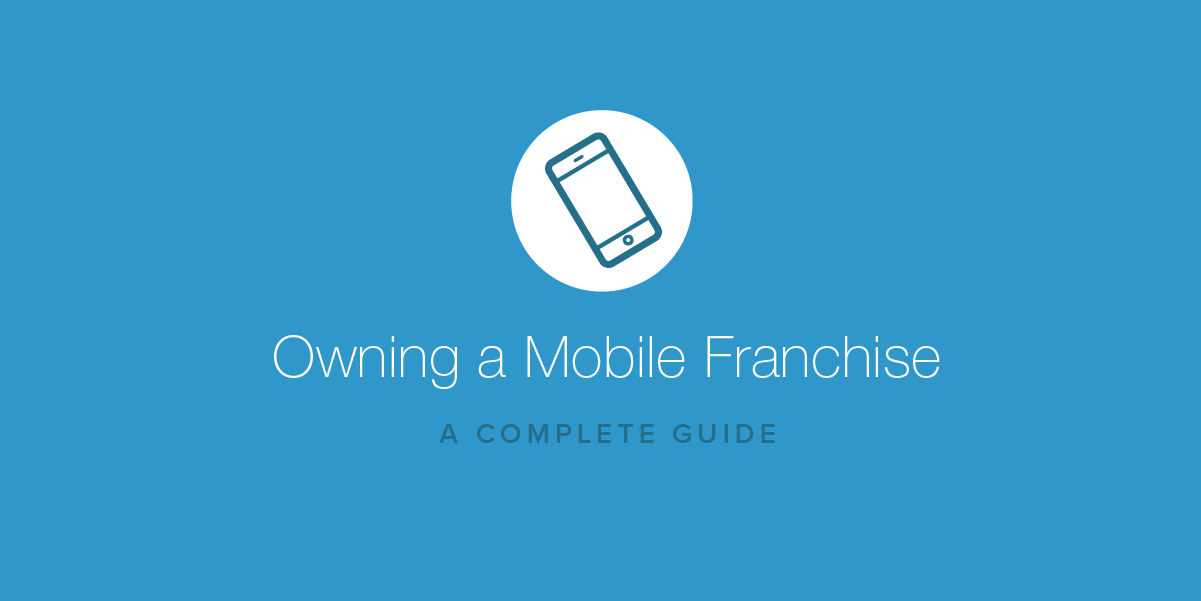A Complete Franchise Marketing Guide for Service Franchises (with Checklists)
- May 3, 2022
- By: Vonigo
What’s different about franchise marketing? In fact, quite a lot. With several levels of the company and different goals for each, there are a lot of moving parts.
With seemingly countless options for marketing channels, strategies, and tactics, it can get overwhelming. In this guide, learn the differences that franchise marketing presents and how to navigate them.
We also highlight some ways that corporate and individual franchisees can work in harmony to achieve success with marketing. This can include promotions, advertising, public relations, social media, and digital marketing.

What is a Service Franchise (or Mobile Franchise)?
This guide was prepared specifically for service or mobile franchises, though the lessons are true for other franchises as well. A service franchise is any franchise that provides a service. A mobile franchise is a franchise business that travels to a location to perform a service. Franchisees may or may not have an office location — some choose to operate with a vehicle and a home office.
Residential and commercial services like cleaning, moving, painting, delivery, installation and more can be considered mobile franchises.
As a refresher, a franchise is a business with a corporate brand that licenses that brand to individual location owners (franchisees), along with specific operating procedures, equipment, and more (which of course includes marketing).
What’s Different About Franchise Marketing?
Many of the challenges that franchises might experience with marketing are not altogether different from any large, multi-location corporation.
For example, if individual locations are going to be responsible for some of their own marketing, they will likely be required to adhere to the corporate brand guidelines and might even be drawing from a library of shared assets.

Franchise Marketing Brand Guidelines
The franchise brand represents a lot of the value of the company overall. That is to say that the brand is a big factor in a franchisee’s decisions to invest in the company. They want to be associated with and benefit from the existing reputation of the parent company.
This emphasis on brand means that the corporate company should have very clear and easy to follow brand guidelines that franchisees must follow. Everyone who represents the brand must do so in a way that meets the company’s specific requirements. This way, customers can begin to expect a certain level of consistency from the company.
These guidelines should actually extend well beyond marketing assets and channels. They should also encompass everything from scheduling, sales scripts, uniforms (if applicable), vehicle appearance and maintenance, and more.
A Getting-Started Checklist for Franchise Marketing Brand Guidelines
Overview: In your brand overviews, summarize your brand’s mission, history, vision, and core values. This will give franchisees an at-a-glance understanding of what the company is about, where it’s coming from, and where it’s headed. The overview represents the overall spirit and message that every location or owner should connect with.
Mission Statement: What does your brand stand for? What do you want to be known for? Your mission statement is your “why.” It helps everyone in the company — from the top ownership to the franchisee employees, understand what they’re working for. A good mission statement can help every team member feel like they are part of something important.
Appearance: This could be its own list of specific rules around the usage of anything visual that represents the brand. Make a complete list of everything that end customers will see and interact with and set specific image guidelines for each. S0me examples include logos, colours, fonts, images, letterhead, business cards, uniforms, vehicles, tools and other equipment, and of course any marketing or advertising assets.
Operations: The systems that a franchise brand follows is a key part of its value to the market. Setting specific operations plans helps individual franchises replicate the success of their peers in other markets and achieve maximum profitability. Your operations guidelines can include: marketing, sales, booking, scheduling, quoting, customer communications, invoicing, payments, reporting, handling of complaints.
Franchise Marketing Strategy Tips
As a software vendor to mobile franchises, we learn a lot about what works and what doesn’t for mobile franchises and home services brands. When it comes to marketing, what works best is when the corporate level of the company leads by example.
Or to be even more specific, the more effort the parent company puts into supporting franchisees, the more likely they are to achieve success.
The corporation should lead by example, creating marketing assets, schedules, offers, promotions, and content that can be used by franchisees. Put simply, anything that can be managed by the corp should be, relieving a great deal of the burden of marketing from individual owners. There can still be a number of specific, localized ways that individual locations can contribute to marketing. Read on to learn more.
Co-operative Franchise Marketing and Advertising
As a large organization, you can take advantage of your buying power to get better rates on things like advertising. For example, franchises often buy radio or newspaper advertising in bulk across large networks, and then localize the ad creative. This type of advertising is known as cooperative or co-op advertising.
To make this simple for both parties, the franchisor will often offer to cover half or all of the ad costs if the franchisee uses the existing, approved ad designs, changing only the location-specific information.
This same strategy can be used for all your brand content, including search engine marketing and both organic and paid social media.

Search Engine Optimization (SEO) for Franchises
Search engine optimization is making your website as visible as possible for a specific set of search terms. The simplest way to explain it is that when customers are looking for your service, especially in a specific area, you want them to be able to find you.
There are a number of ways to win this battle against your competition. You can outbid them on paid search terms (see search engine marketing below). Or you can outrank them in the organic search results when someone searches for your specific terms.
We’ve published a number of articles about how to rank in the search engines for mobile franchises and home service companies. To summarize those articles as succinctly as we can, here are two tactics that work well for all multi-location service companies.
1. Ensure all locations are listed on Google My Business (see below) and have accurate hours and contact information.
2. If the franchise operates from a single website, make sure it is optimized to rank for the terms you want to rank for. Use terms that have buying intent, for example “window cleaning service.” To help win localized searches, have pages on your website for each of the areas you serve.
That way, you can rank for terms like “window cleaning Snohomish County.” The more information about your terms that you can share on your website, the better your chances of ranking for that search term.

Search Engine Marketing for Franchises
For franchises looking to do search engine marketing (SEM), it’s best to leave all of it to corporate and share the expense with franchisees.
For example, the corporate brand can have an SEM agency or an in-house ad buyer. They can have keywords, campaigns and landing pages available for individual locations. Individual franchise owners can choose to invest in (or share in the expense of) bidding on their specific localized keywords.
Due to the advanced understanding and analysis required to do SEM or paid social media advertising, it’s difficult to establish guidelines that individual owners can use to replicate success. For this reason, our advice is to keep SEM and digital marketing (see below) at the corporate level.
Digital Marketing (Social Media Advertising)
With digital marketing, franchises can put advertising messages into the feeds of end customers in specific markets based on specific demographics or interests.
Digital marketing can be a very effective way to reach customers in local markets, if done correctly. Similar to SEM, this is a discipline that is best left to the experts. The parent corporation can handle the campaigns and locations can opt into investing in marketing that is specific to their areas.
Social Media Marketing for Franchises
Social media has become a key component of any brand’s marketing strategy. It’s one area where individual franchise owners might like to take a certain amount of control over the content they share from their channels. It’s still prudent to have policies and guidelines in place and for the corporate level to support franchisees with images, stories, promotions and support.
On the subject of support, customers increasingly use social media channels when they have customer support issues. For that reason, any social media marketing efforts and resources should also account for the fact that some of your time will be spent handling customer support requests or complaints.

Source: SproutSocial
To do social media well, empower franchisees to publish their own content while standing by to offer support as necessary. The more local stories and faces that individual locations share, the better they’ll be able to connect with their neighborhoods.
Using Social Media Messaging Approval
If you want to have more control over the content being shared on your branded channels, you can establish a content approval process. Using a tool like Hootsuite, Buffer, or Sprout Social, you can have pre-approved content that franchisees can share.
This can be handled several different ways. One option is to have your various locations submit images and captions to your social media team, who prepare them as approved content to be shared.
The other option is to create a list of approved messages that have been composed by your team at corporate headquarters, any of which your franchisees can use at their discretion.

Social Media Channels for Franchise Marketing
What social media channels should you use to get your message out? With every brand, the answer may be different. And with social media, the answer can change over time.
Think about your ideal customers and where they “hang out” on social media. At the time of this writing, Facebook and Instagram are universally popular consumer channels. For commercial purposes, LinkedIn can be effective as well. Twitter is also a mainstay of social media activity.
TikTok has hundreds of millions of users and is growing fast. The brands that are the first to understand how to harness the power of emerging channels like TikTok have an advantage. Our advice is to select the channels that you want to grow your presence on and invest in publishing content and engaging on those channels. Success will come from a focused, sustained approach to connecting with people and publishing interesting stories whenever you can. Sharing interesting customer stories and impressive before-and-afters of your service is one of the best ways to do this.

Email Marketing
Email marketing is when you send emails to your customer lists at regular intervals as a way to promote your business and share offers.
This is another discipline that is best handled by the corporate level of the company. Keeping consistent with email marketing can be a challenge for franchisees. It’s a very affordable channel, when used properly. Be sure to get the permissions of email subscribers, and you can send promotions or offers that will help grow the business.
We’ve published a number of posts about how home services brands can use email marketing successfully. Read our two-part series about email marketing and consider this additional franchise-specific tip: Segment your email lists geographically so that you can send localized content and offers. With location-specific lists you can also test promotions in specific markets. For example, a national franchise might have different seasonal offers in November in Michigan than in California.

Offers and Promotions
This guide has mentioned promotions and offers a lot. With franchise marketing, using different promotions and offers can help stimulate growth in the form of new customers.
It’s easy to fall into a trap of feeling like a promotion or offer must mean a price discount for the customer. But that doesn’t have to be the case. A promotion or offer can be as simple as an introductory or seasonal service (or bundle of services) for one flat introductory price. For example, a fall gutter cleaning service for as little as “X” dollars.
Using promotions and offers gives all levels of the company a way to help establish relationships with new and existing customers. They make great content for emails, social media, paid advertising, door hangers, and more. And there’s nothing wrong with making those offers profitable, too.

Public Relations (PR)
For franchise service companies, it always helps to get the word out about your brand. PR in this context refers to the practice of generating and pitching stories to media outlets about your company. The challenge with public relations is coming up with compelling stories that media publishers (and the public at large) will take an interest in.
An effective public relations campaign should start not with a goal of getting stories or links. Instead, it’s better to make it your goal to show the ways in which your company lives it’s values. This goes back to the mission statement conversation earlier in this guide. What are the ways that you can commit to living your missions and values and make it interesting to the kinds of people you want to reach?
This usually involves some level of giving back to your community or the causes you feel strongly about. Good stories can come from anywhere, though. The corporate level of the company can employ PR experts that encourage franchisees to share their best anecdotes and experiences. When those stories are especially noteworthy, they can offer support and resources to get the word out.
Franchise PR Mini-Case Study
How do you make junk collection newsworthy? Ask our friend Brian Scudamore of 1-800-GOT-JUNK? When he first started his company, he successfully pitched a front-page story about he was a 19-year-old revolutionizing the junk collection industry.
As they grew to an over $250M company (and now much larger, with multiple brands), they continued to share stories from their franchisees in their own local markets. And they didn’t stop there. They also set and achieved their goals of getting on Oprah AND being quoted on a Starbucks cup.
Franchise Marketing with Video
Video is one of the most powerful ways that service franchises can communicate their value to the market. Explainer videos can succinctly communicate the service offering, pricing strategies, and processes that your franchise uses. At the local level, before-and-afters and “meet the team” videos can add a level of humanity and a voice to your brand.
We are increasingly living in a world of short sound bytes and quick clips. Franchise brands can establish policies and workflows to harness the power of the devices that their people are already carrying. The team members working at your franchise locations can be empowered to capture and share video stories. Then the franchisor can use their marketing resources to edit, share, and promote those video stories.
Conduct a quick search on Youtube and you’ll discover that people really enjoy watching videos of anything that involves service to a home. A timelapse video of junk collection or a pressure washing a driveway could indeed go viral. It happens every day.

Outdoor Advertising and Promotional Materials
Last but certainly not least in this guide are the physical, real world ways that you can invest in franchise marketing. In the section above about brand guidelines we talked about all of the ways your brand is visually represented. Promotional materials are another way to encourage awareness about your brand.
The color of your trucks. Your business cards. The offers on your flyers, door hangers or fridge magnets. The signage you use at job sites. The ads you bought at the bus stop or the billboard on the street across from your location. There are countless ways to leverage outdoor advertising and promo materials.
Our advice is to find the items and opportunities that make the most sense for your business. You may have to replicate these items or localize them (e.g. flyers). Be sure to consider the kind of costs, resources, and vendors you’ll need in order to do them well, consistently.

Centralized Franchise Management Software for Service Franchises
As a franchisor, you can relieve the pain of not only marketing, but a lot of the administration involved with operating a service franchise. We have published dozens or guides and articles about how to improve your service franchise operations.
Our franchise management software is designed to help service franchises centralize their technology. With Vonigo, you can create create a better experience for franchisees and their customers. With Vonigo, you can have centralized online booking, scheduling, customer communications, quoting, invoicing, payments, and reporting. New locations can be added quickly, enabling rapid expansion into new markets.
To learn more about how our franchise management platform can help grow your service franchise, book a free, private demo of Vonigo.



